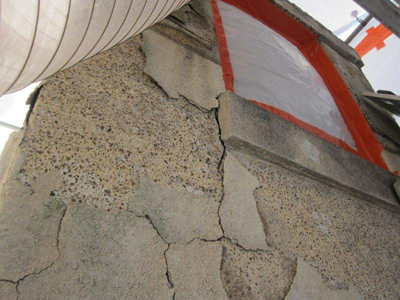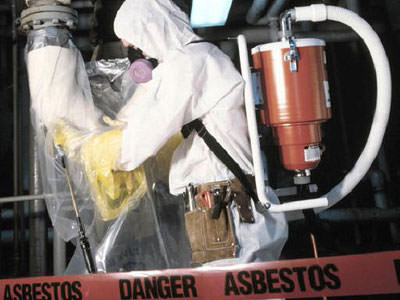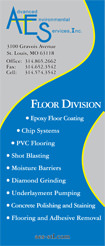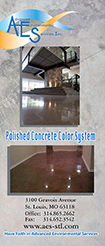A Guide to Understanding Your Asbestos Survey

Although you will have experts explaining the results of your asbestos survey, it is worth spending the time to become familiar with what tests are being carried out and what the results will mean in regards to your decision making. The information below will act as a guide to provide you with some basic information. Contact us today to schedule an asbestos survey for your Missouri property and to learn more about our asbestos removal services.
Types of Asbestos Surveys
There are two main types of asbestos surveys available, and the results from each can yield a different outcome for your project. You may have an idea in mind of what work you want to be carried out, and depending on your survey report, you could find yourself facing a different solution altogether.
Management Survey
This asbestos survey is regarded as a standard survey and its purpose is to locate any presence (and the extent) of materials containing asbestos (ACMs). This type of survey will identify materials that may be damaged or disturbed during everyday activities. A management survey can involve some minor intrusive work, and will generally assess the following areas:
- Floors
- Walls
- Ceilings
- Accessible risers*
- Loft voids*
- Ceiling voids*
*Surface testing and inspection only, in these vicinities.
Samples collected from an asbestos survey of this type, may not give adequate information. If this is the case, a more extensive Asbestos Refurbishment/Demolition survey may be required.
Asbestos Refurbishment/ Demolition Survey

Unlike a management survey, this survey is usually only performed before any intrusive refurbishment work or demolition is carried out. This type of survey is fully intrusive and will require further destruction to enable access to all areas that require checking.
Obtaining Samples from Your Asbestos Survey
During both types of asbestos surveys, samples will be taken and placed in sealed plastic bags. These will be identified along with a corresponding identification tag being left in the location it was taken from on site. Photographs may be taken at every sampling location to confirm details. To further understand the extent of asbestos present, the surveyor will ask questions regarding the property age, usage, history, and anything else he deems relevant. At this point, floor plans will be drawn up (if not already made available) on which the location of the samples taken can be identified.
The means for sample taking can be a simple sharp knife, cork-borer, or hand drill. Each sample will be placed in the sealed bags and all equipment will be wiped down before additional samples are taken in order to avoid any cross-contamination. All wipes, gloves or anything else that has been in contact with asbestos dust will also be bagged and identified for controlled disposal.
Reports from Your Asbestos Survey
Due to the hazards associated with asbestos, the results from your survey will be quite detailed. At AES, we will not just give you a report and expect you to just understand it - as part of our commitment to our clients, we will be there to help you during the whole process. The information contained within an asbestos survey report can be quite extensive, so below we have provided an overview of what you can expect.
What is in the Asbestos Survey Report?
- Site Assessment - This will give an overview of the risks at your site.
- Materials Assessments - Guidelines indicate an algorithm can be used to give suspect materials a numerical score. The algorithm basically takes the Product Type + Extent of Damage + Surface Treatment + Asbestos Type, and gives the Material Assessment.
- Material Data Sheets - The asbestos survey must contain information on every material, which was found to be suspect during the survey. The data sheets contain information for confirmed materials and also suspected materials. Additionally, the reports contain client details, site details, survey date, building location, and specific location of the material in question.
- Restrictions or No Access Areas - This can be one of the most important parts of your asbestos survey, it will highlight which areas have NOT been tested and reasons why. This information is vital as you must expect asbestos to be present until it can be proved otherwise.
Once you have been presented with your asbestos survey, we will help you decide which direction you will need to take. For more information regarding asbestos surveys and to schedule a survey for your Missouri property, including in St. Louis, St. Charles, and Columbia, contact our experts at AES today.



